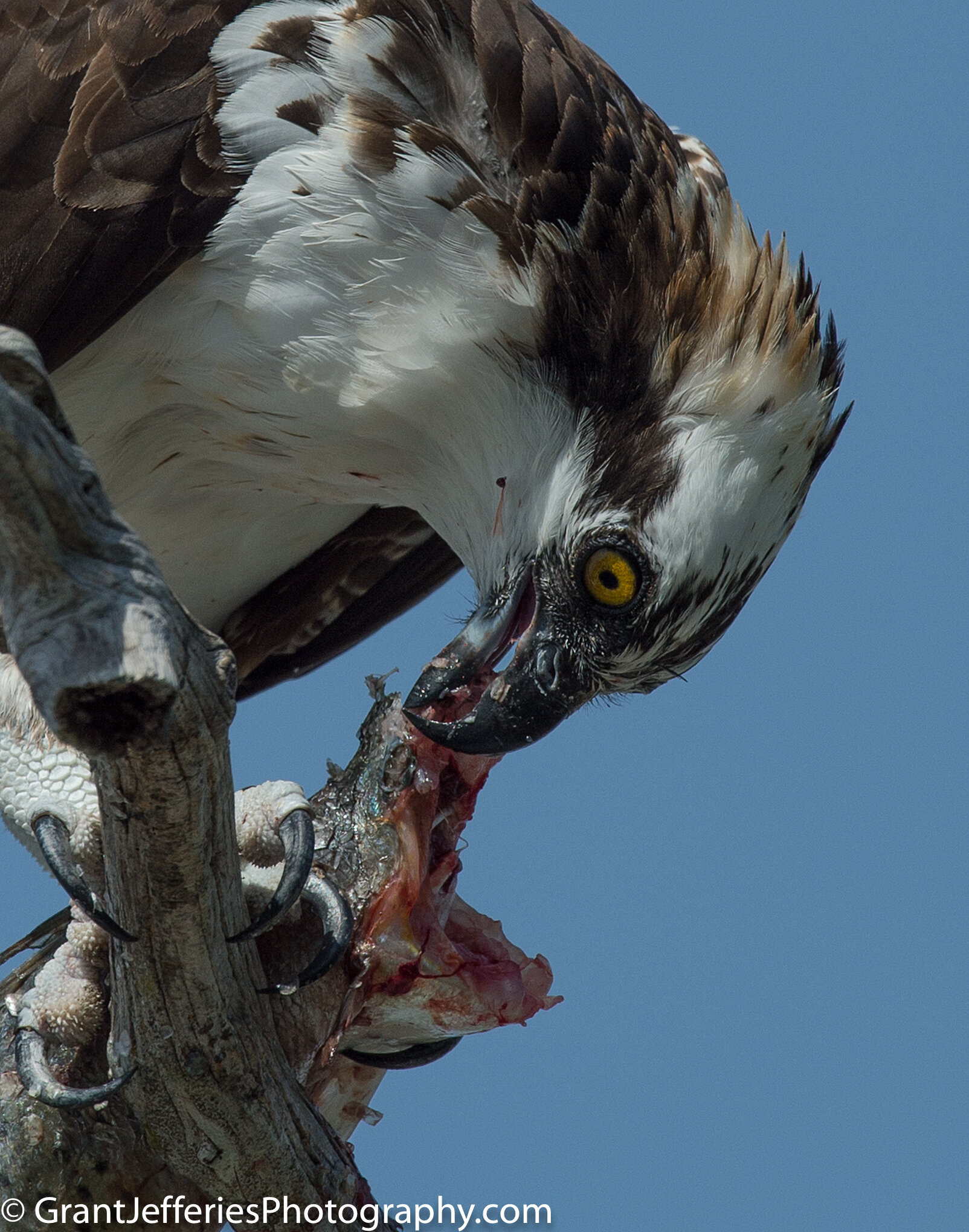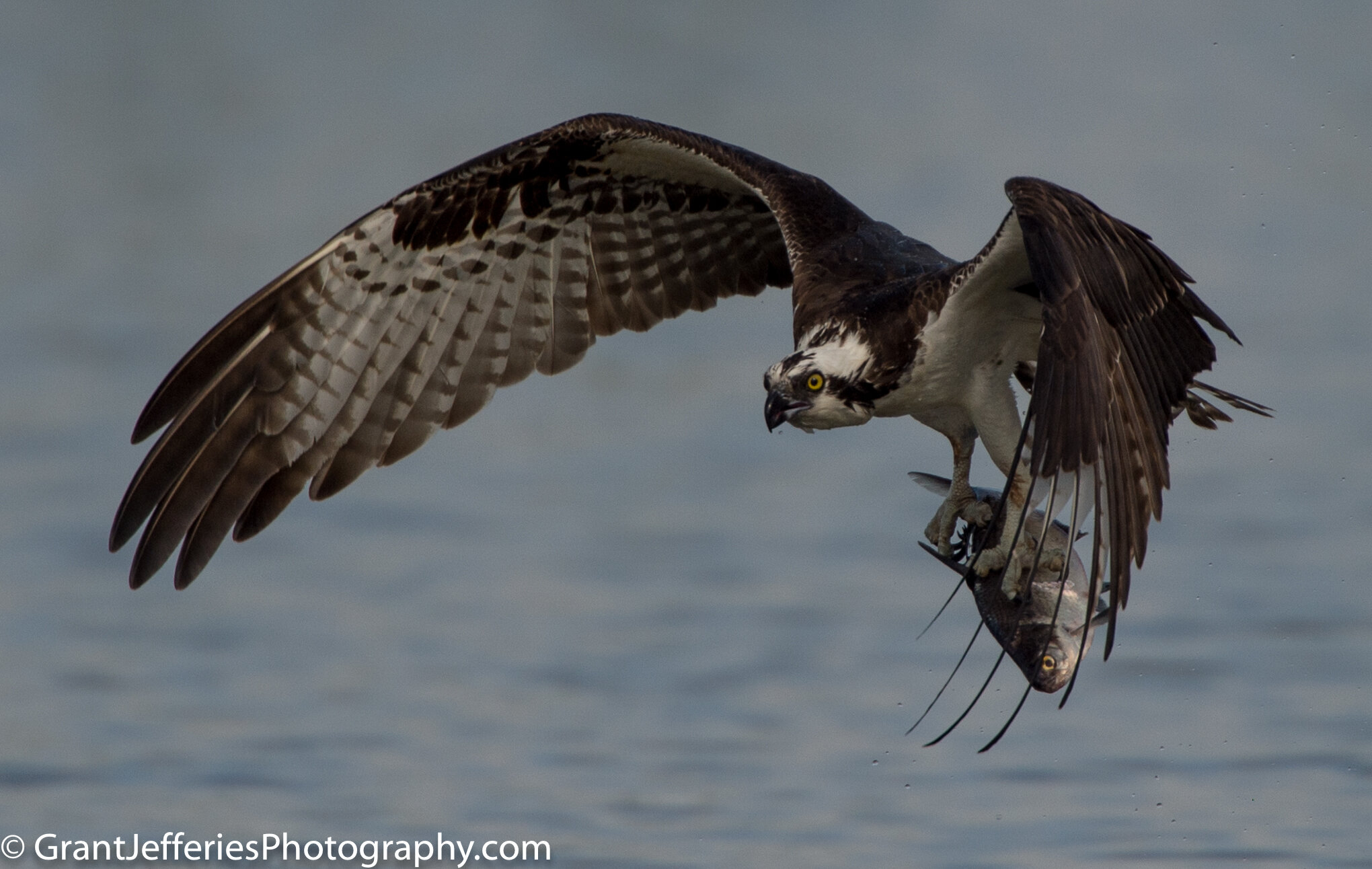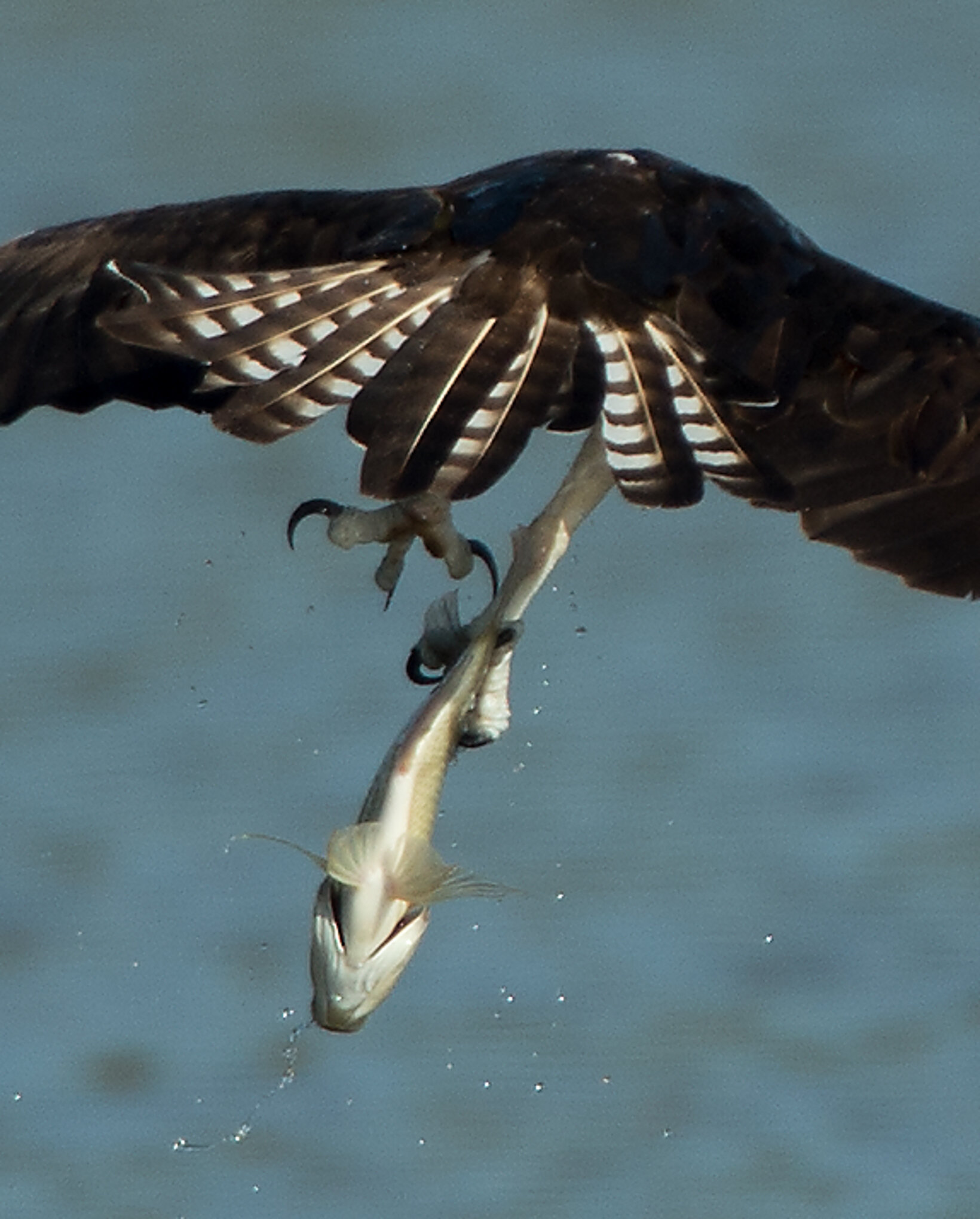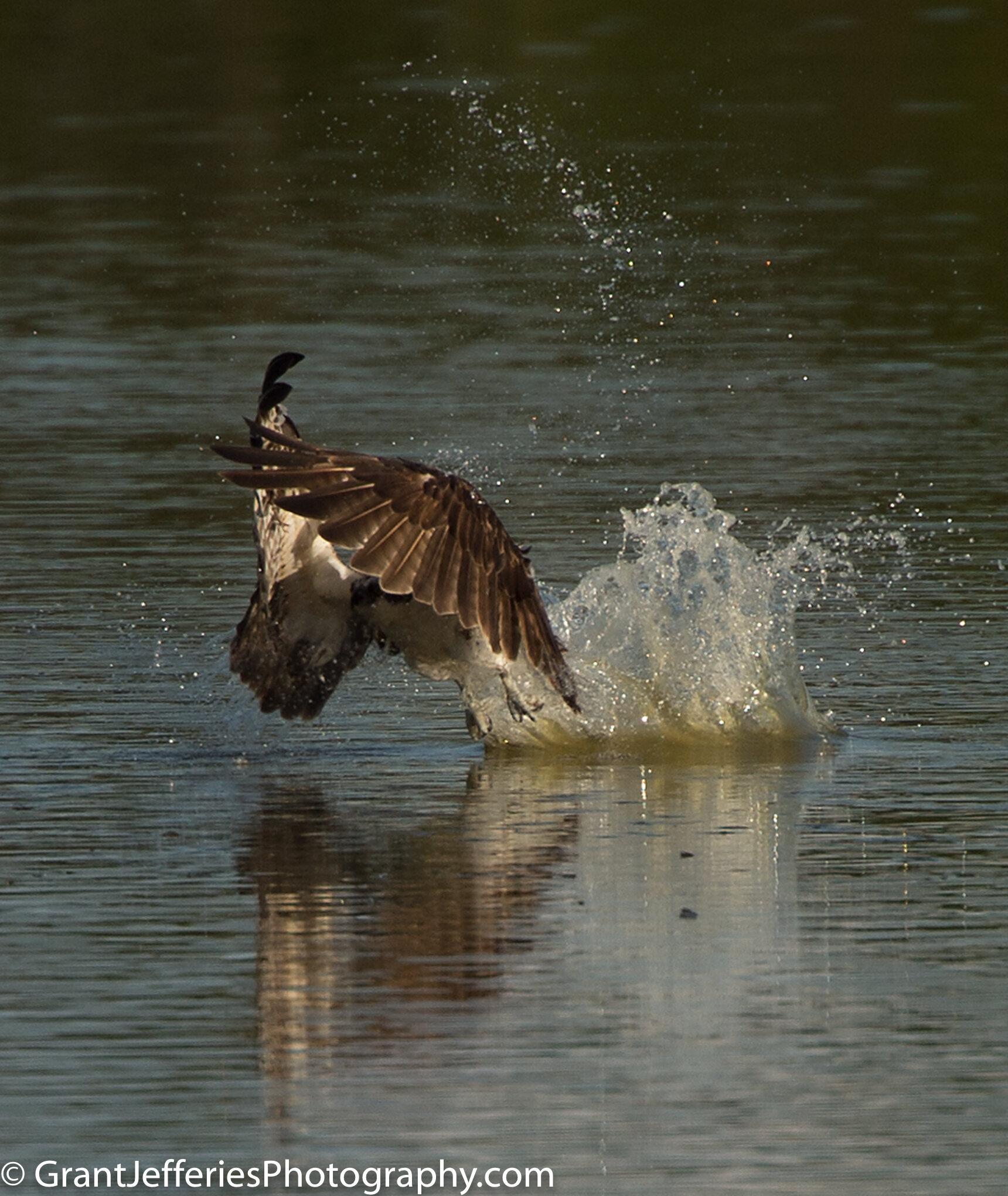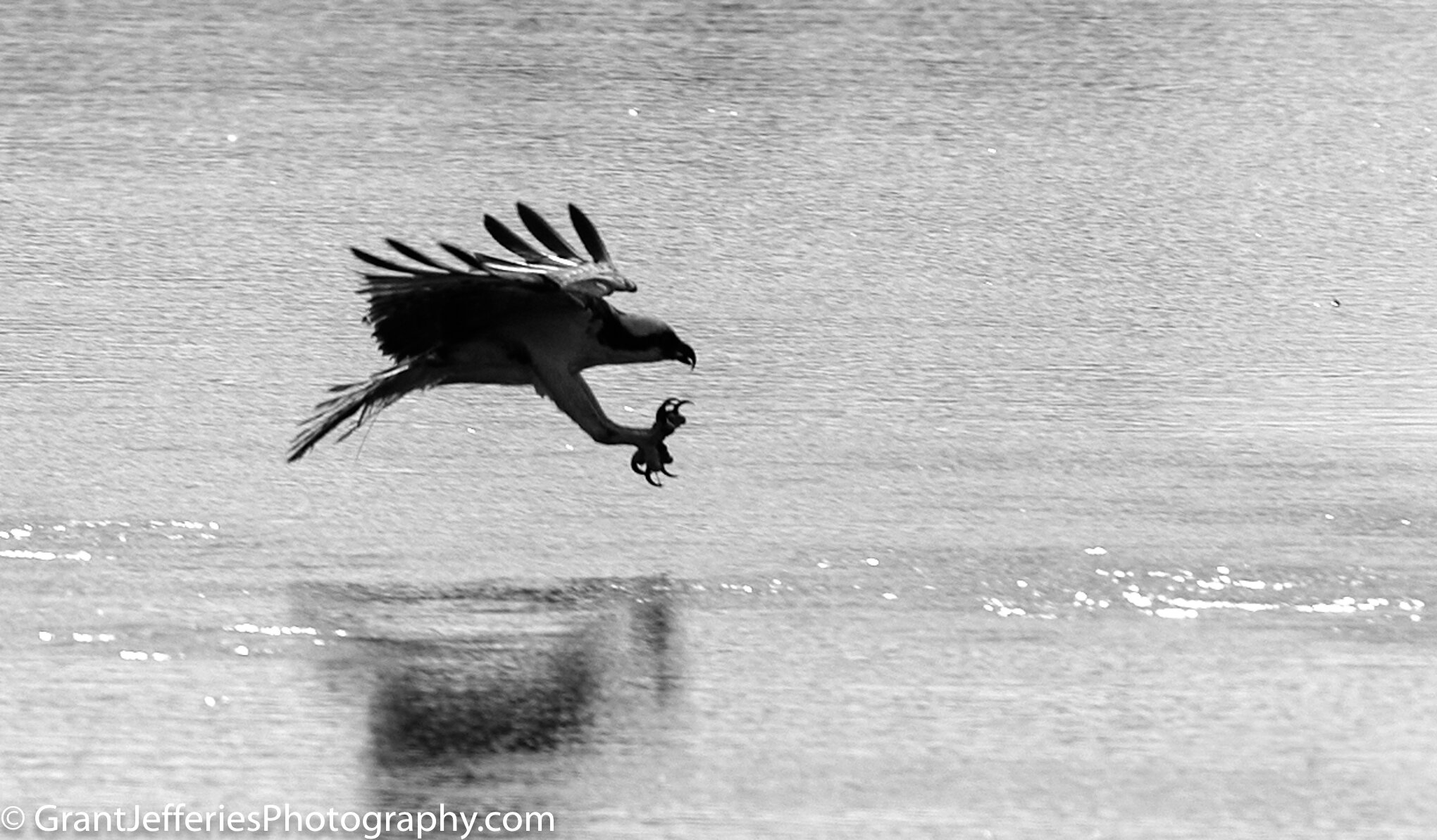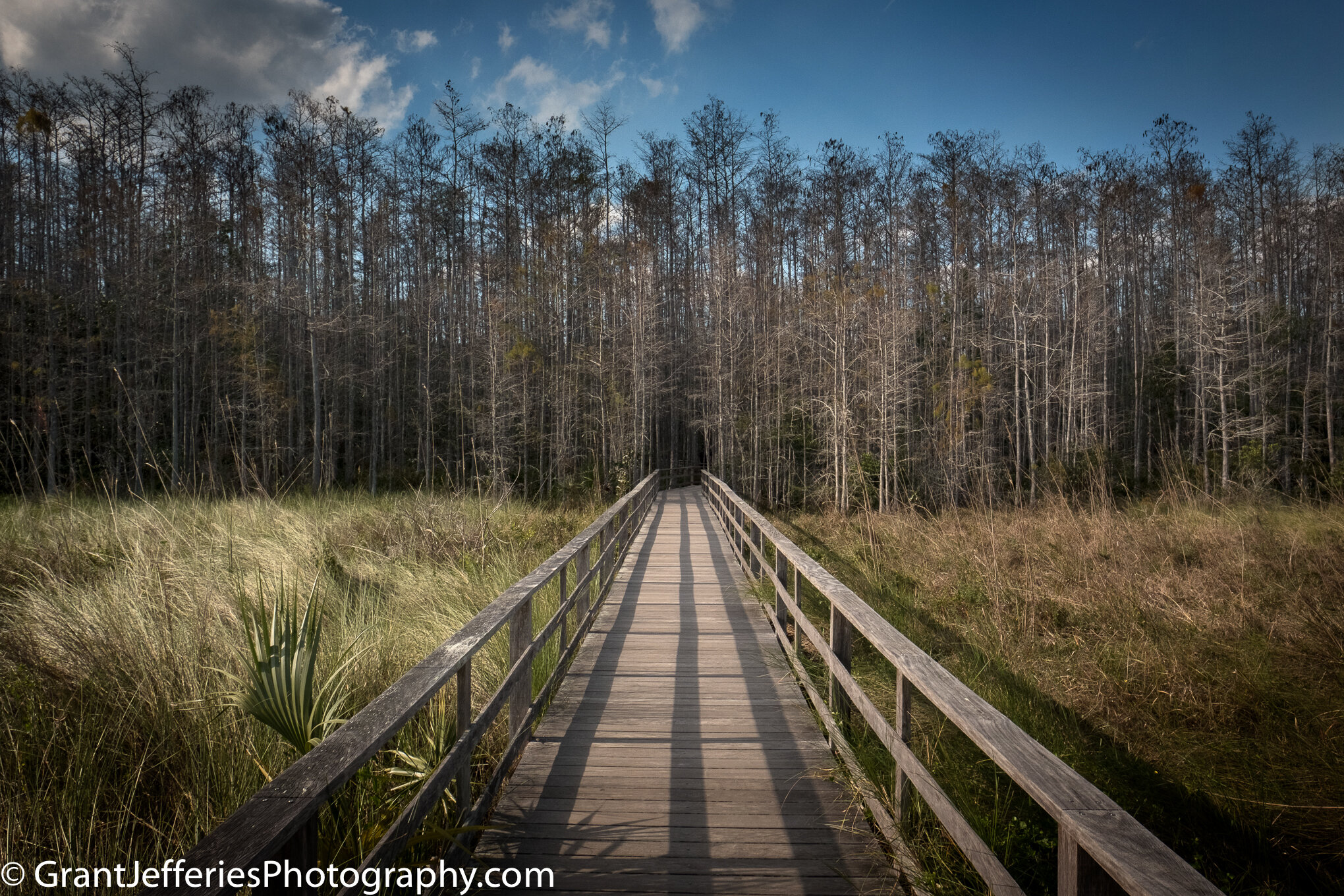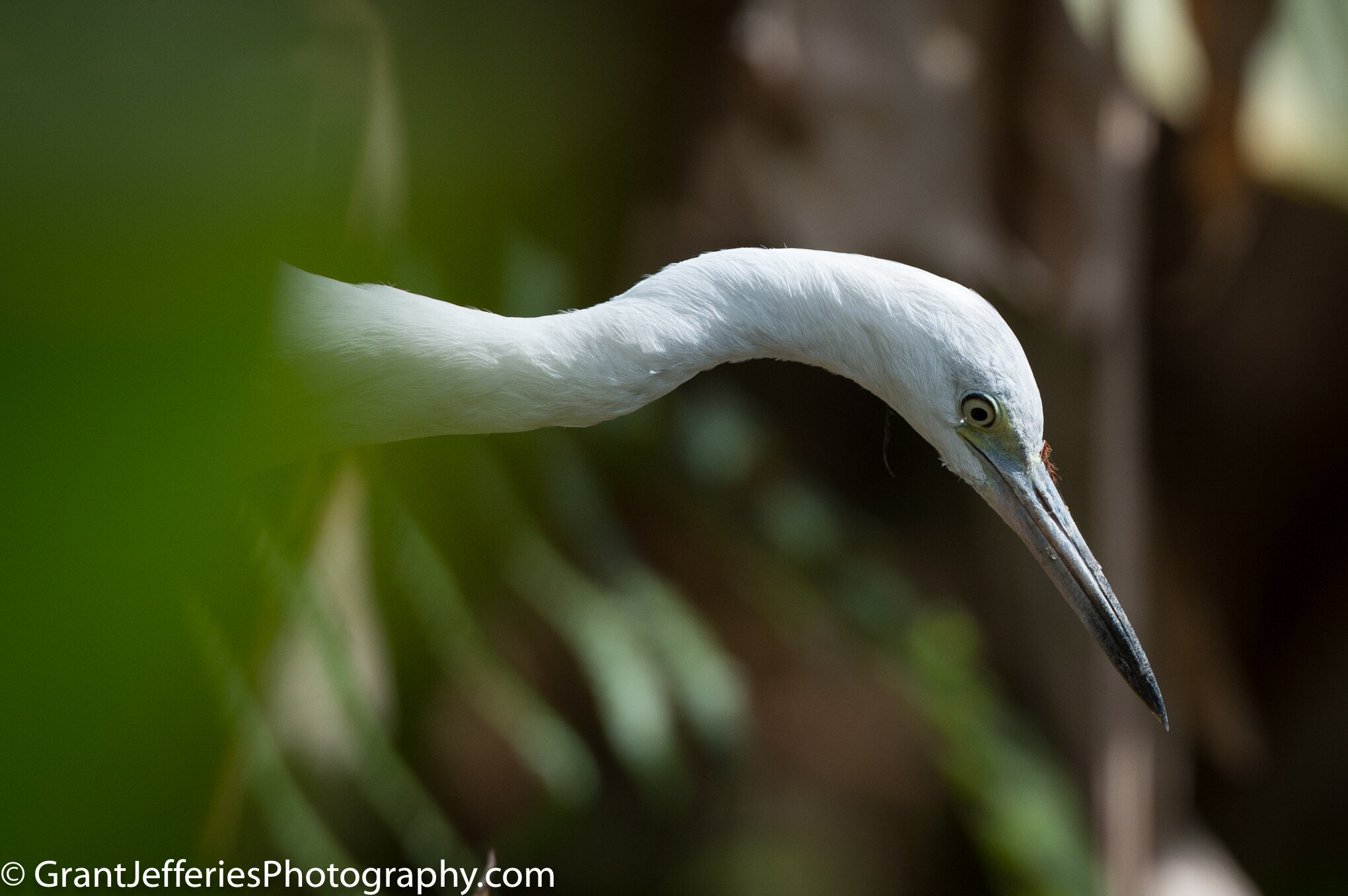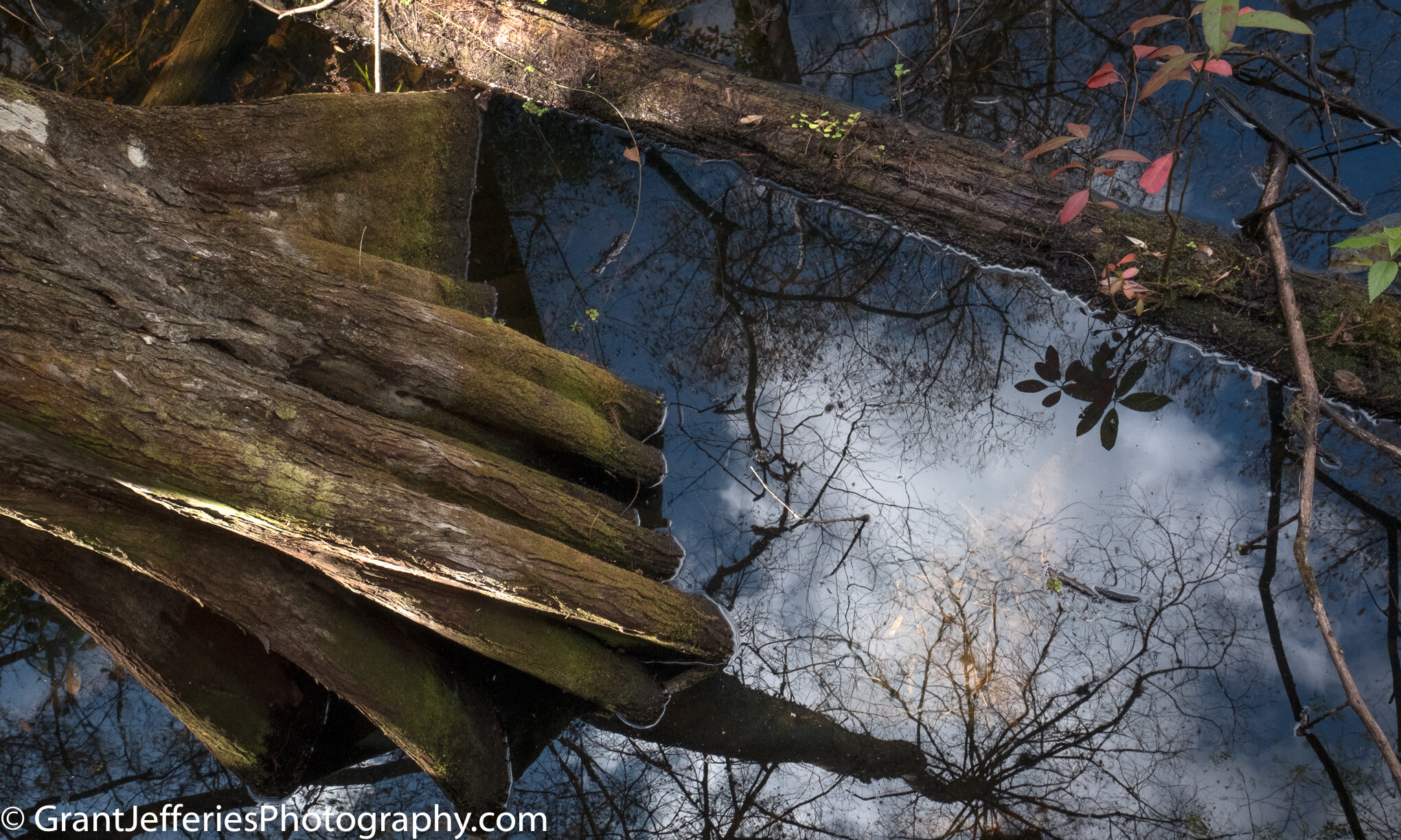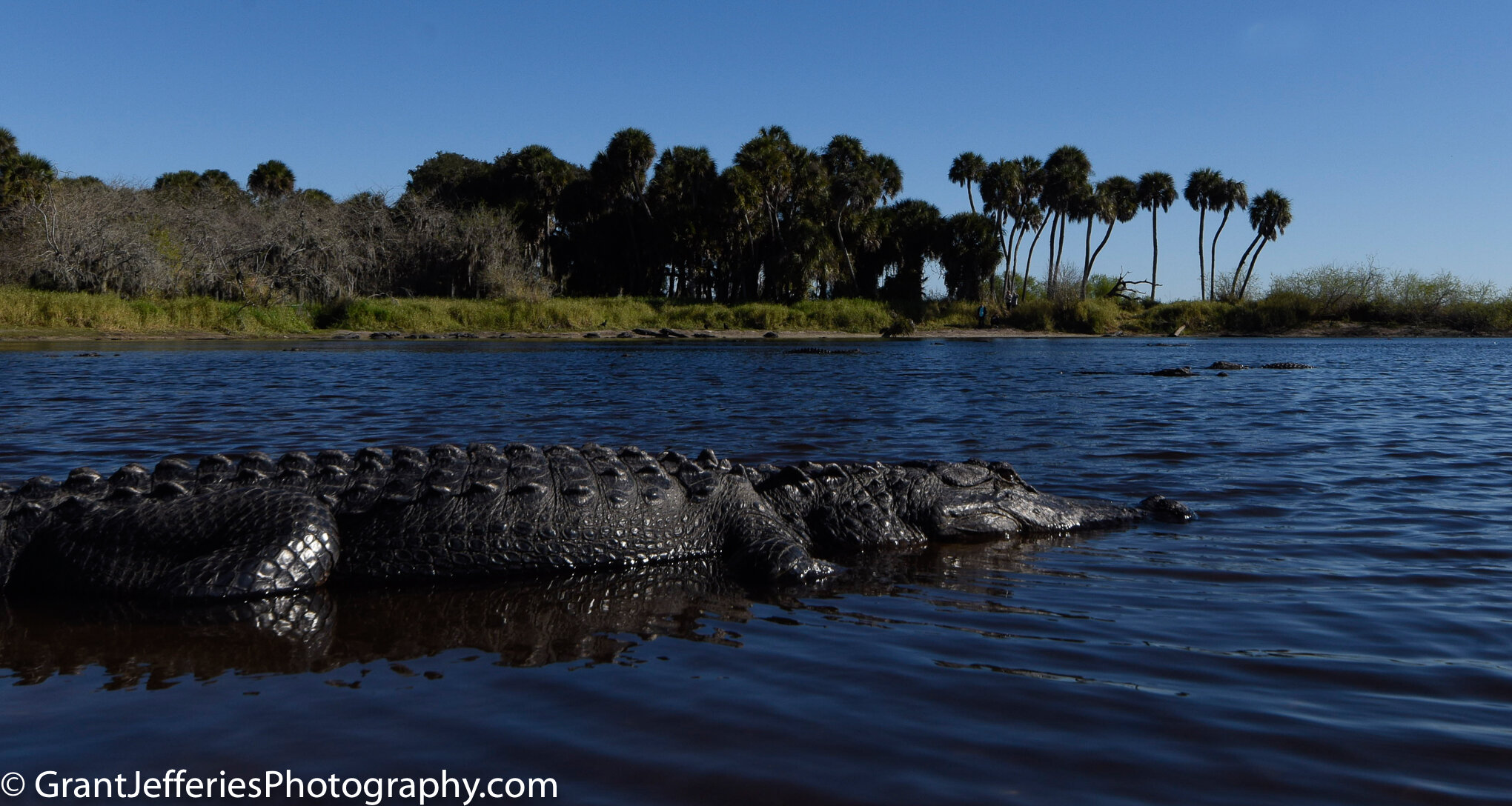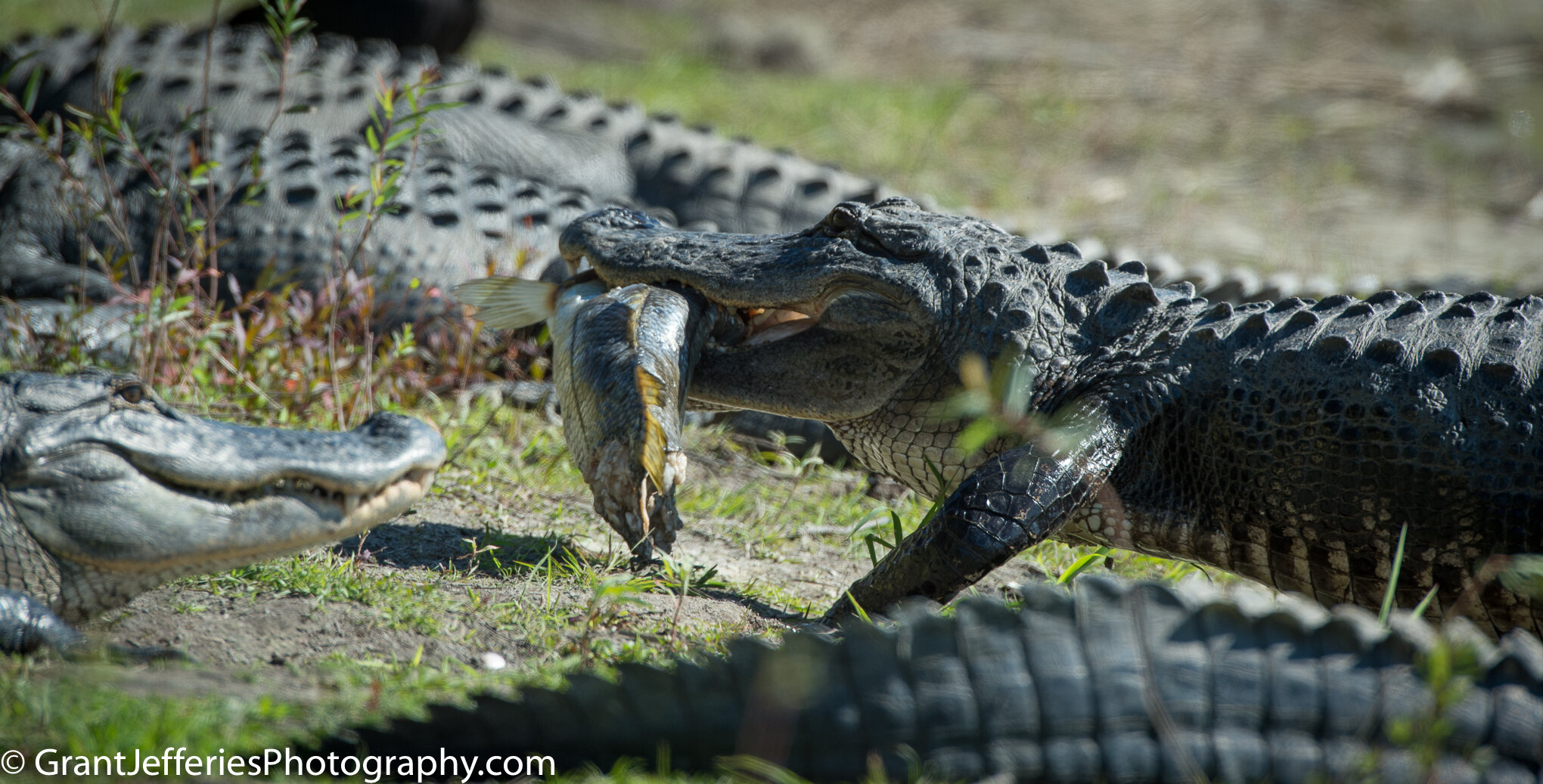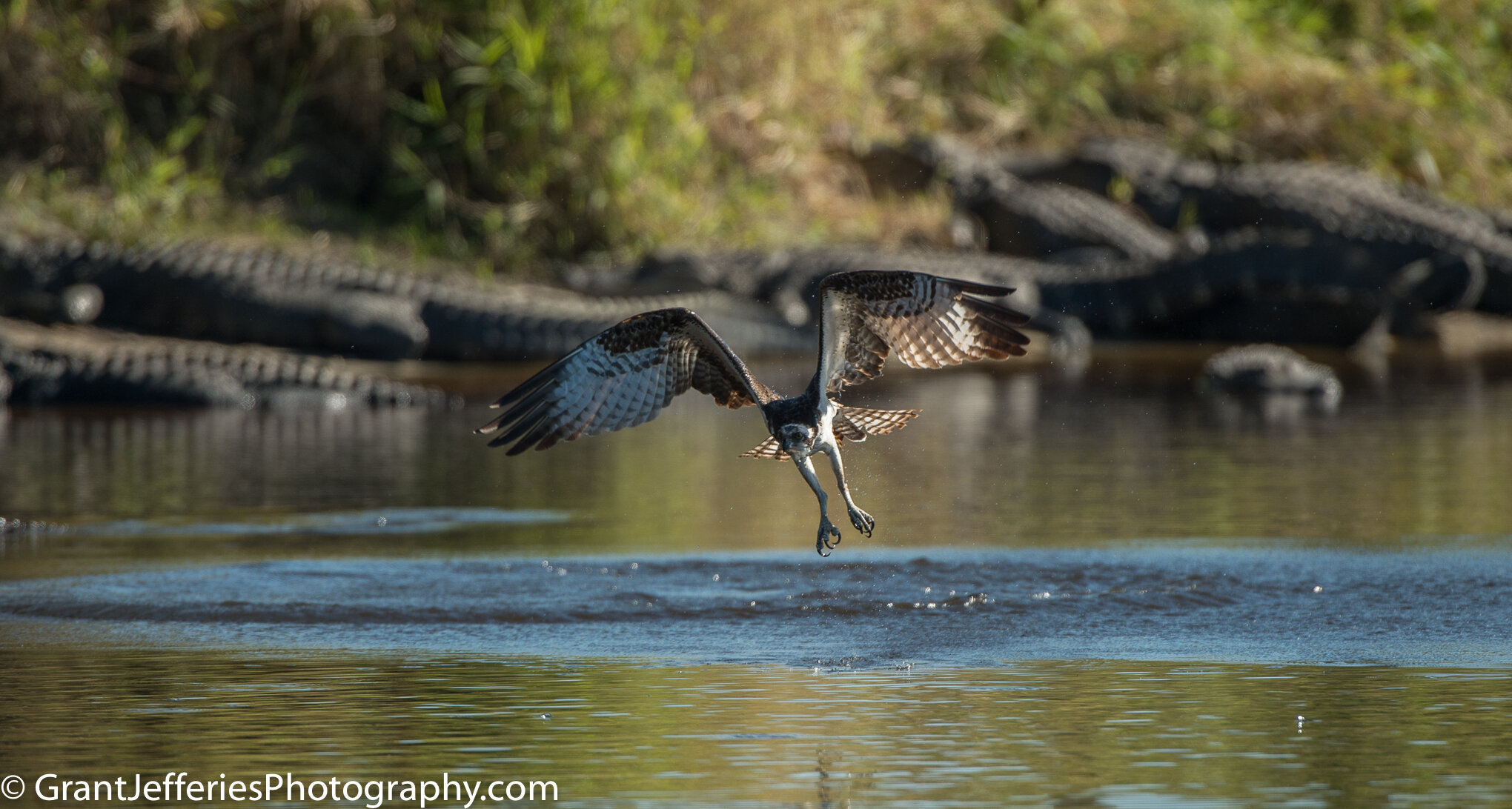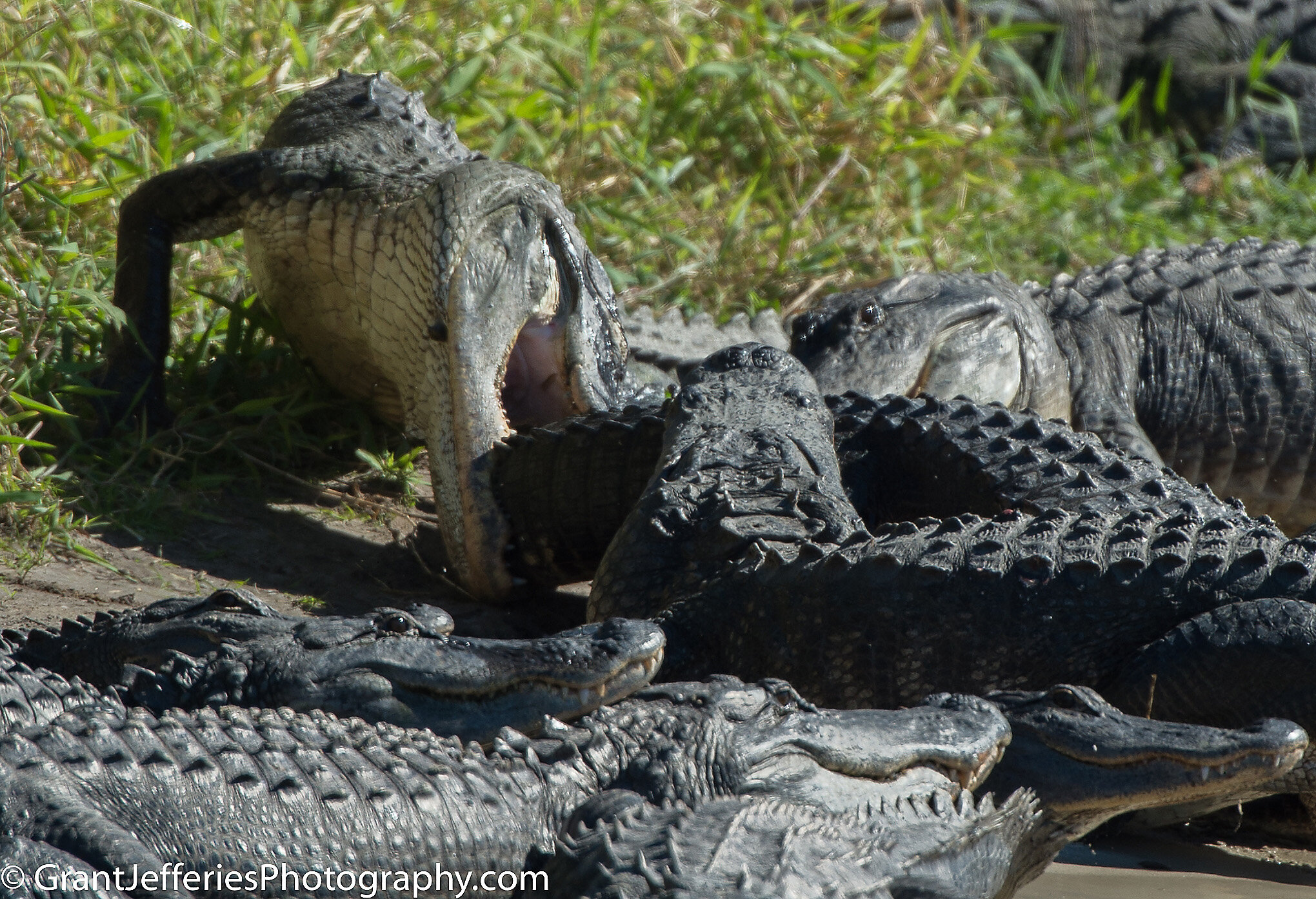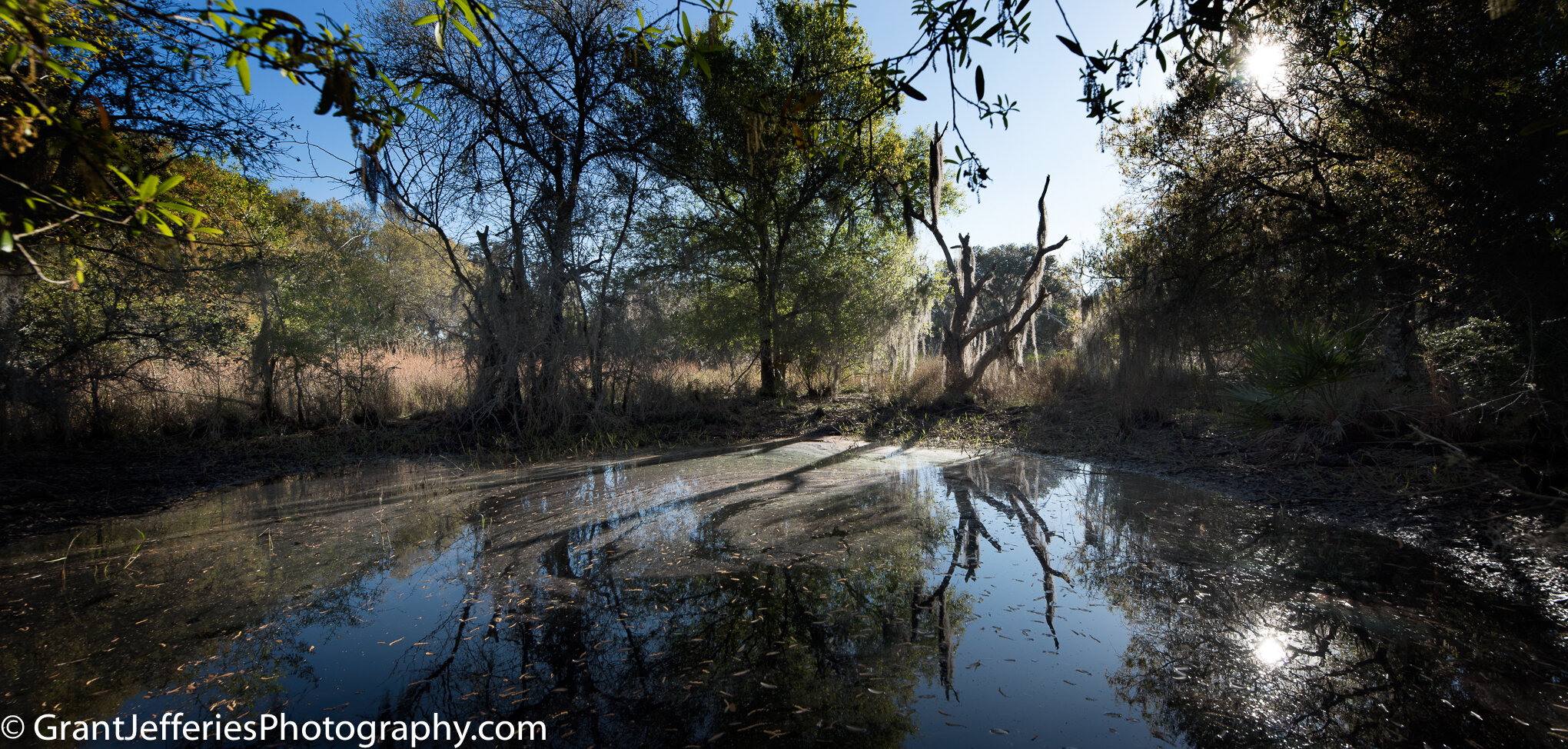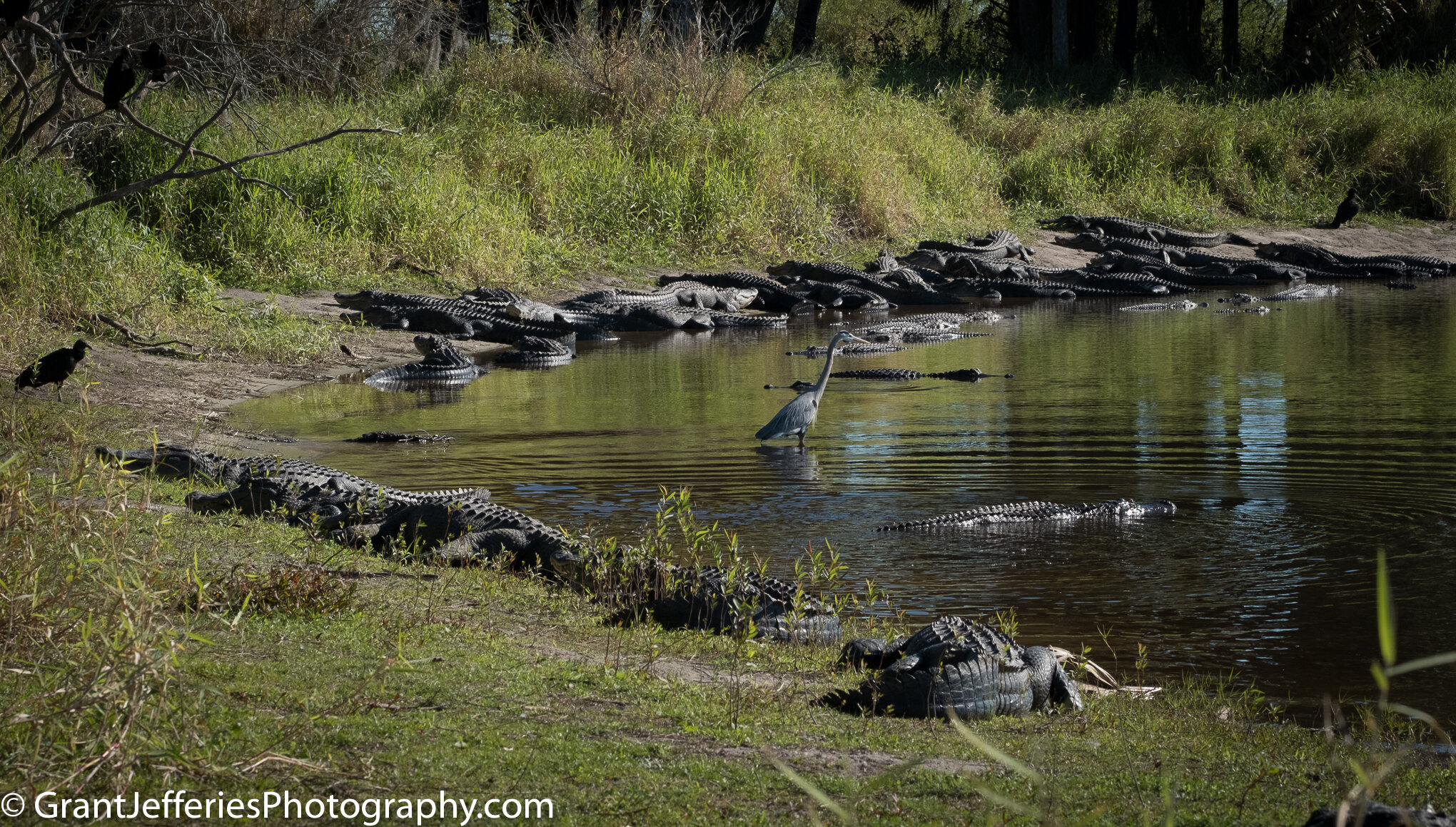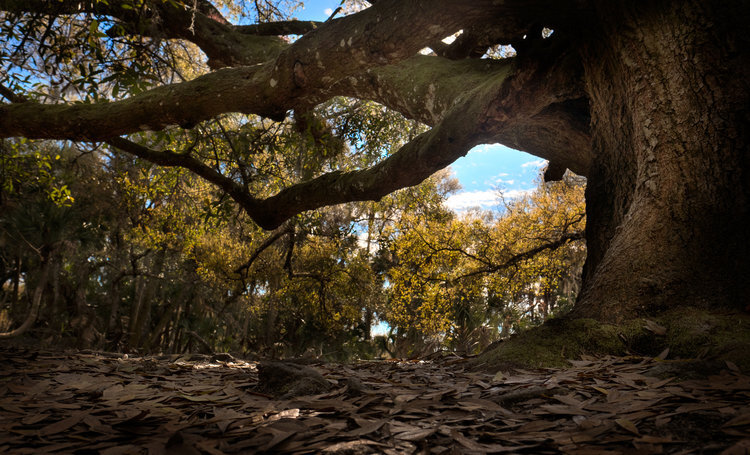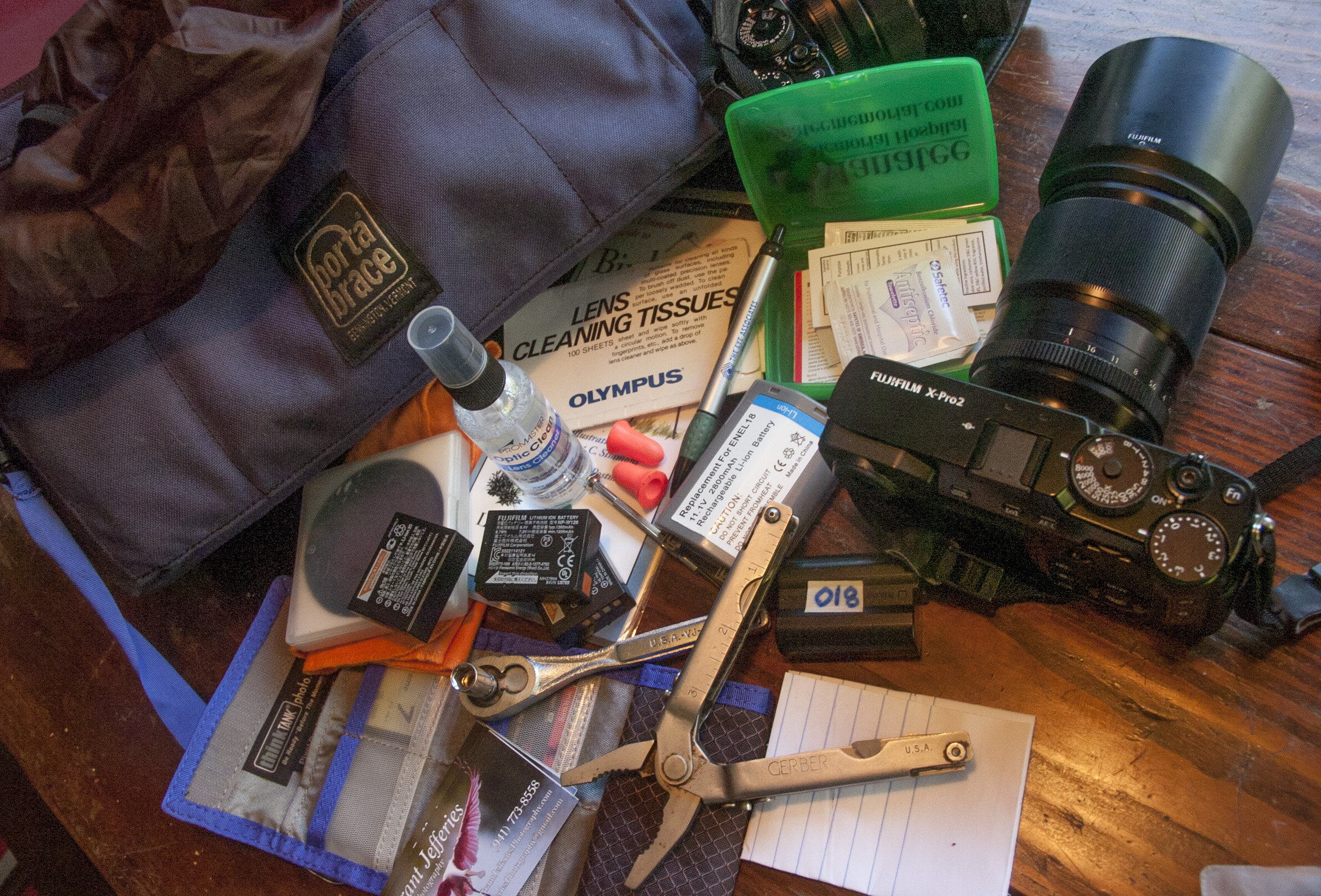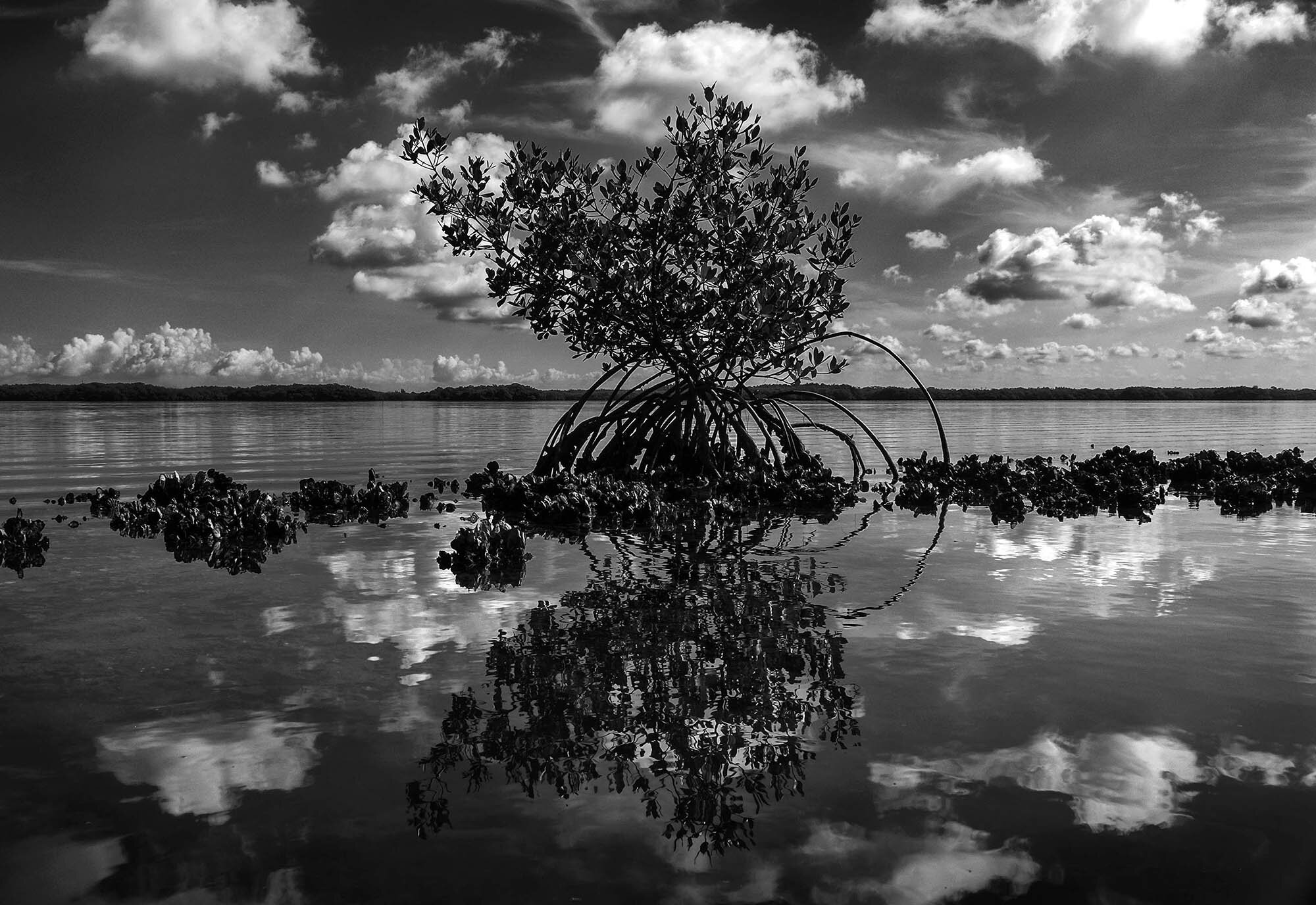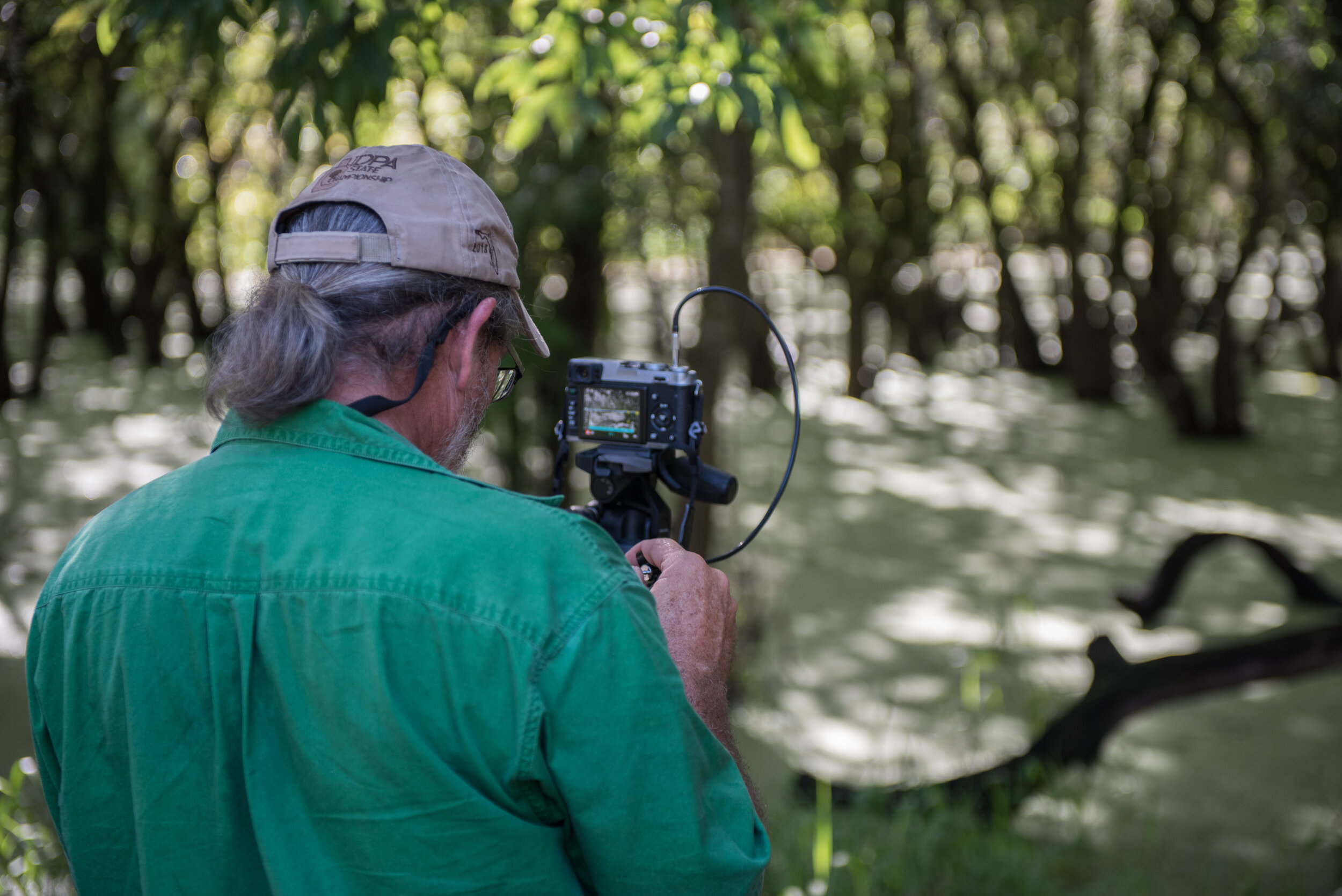There’s an old saying that a bad day of fishing is better than a good day at work. I thought about that adage this morning as I watched an Osprey fish for its breakfast. And then I thought, how fortunate am I that I get to do this for a living. Sure there can be frustrations running your own business, but how many people get to spend at least part of their days out watching wildlife, exploring gorgeous landscapes and talking to people about Florida’s treasures? A good day at work brings me all of those pleasures and I bet I wasn’t as frustrated as the ospreys who came up empty time after time as they dove into the waters below.
I also get to witness a lot of good days of fishing. I have seen birds try to swallow fish that were clearly too big to gulp down. I’ve seen bird parents feed their chicks and I’ve watched boats come in with seafood headed to our best restaurants. But the key is to make sure our waters are healthy enough to fish, and the habitat supporting those waters is conserved , keeping pollution, including runoff and sewage, out of our waters.
As a Florida native, I’ve had a front row seat to some of Florida’s best conservation efforts, including one this week. The state set aside $19.5 million in Florida Forever money to purchase Orange Hammock Ranch, the largest undeveloped property in Sarasota County, according to a state summary of the conservation deal. After too many intense red tides, I have read about more research and effort going into figuring out how to save our waterways. I think we could use some more urgency from the state as a whole, but I am heartened that there is a real effort behind keeping our waterways clean and getting to the sources that feed the red tide.
At the same time, I’ve watched my own stomping ground change drastically with unfettered development. It seems the only way to contain development is to buy land and set it aside. And even then the land can be vulnerable to future development. I drove through downtown Sarasota the other day and wondered how, through this canyon of high-rises, the sun would be able to shine on the historic places below. I remember when Lakewood Ranch was actually a ranch. I’m now watching that same kind of intense development along Long Bar Point, which abuts an estuary along the Sarasota Bay. It’s a place where hundreds, if not thousands of birds used to live. I remember seeing the wood storks, an imperiled species, out there by the dozens. Those estuaries are life-giving habitats for all sorts of fish and other water species. As I watch all of this habitat loss, I wonder if we will still be able to still call this paradise.
We must take conservation and clean-up efforts seriously is we plan to hold on to that old adage about a bad day of fishing being better than a good day of work.


